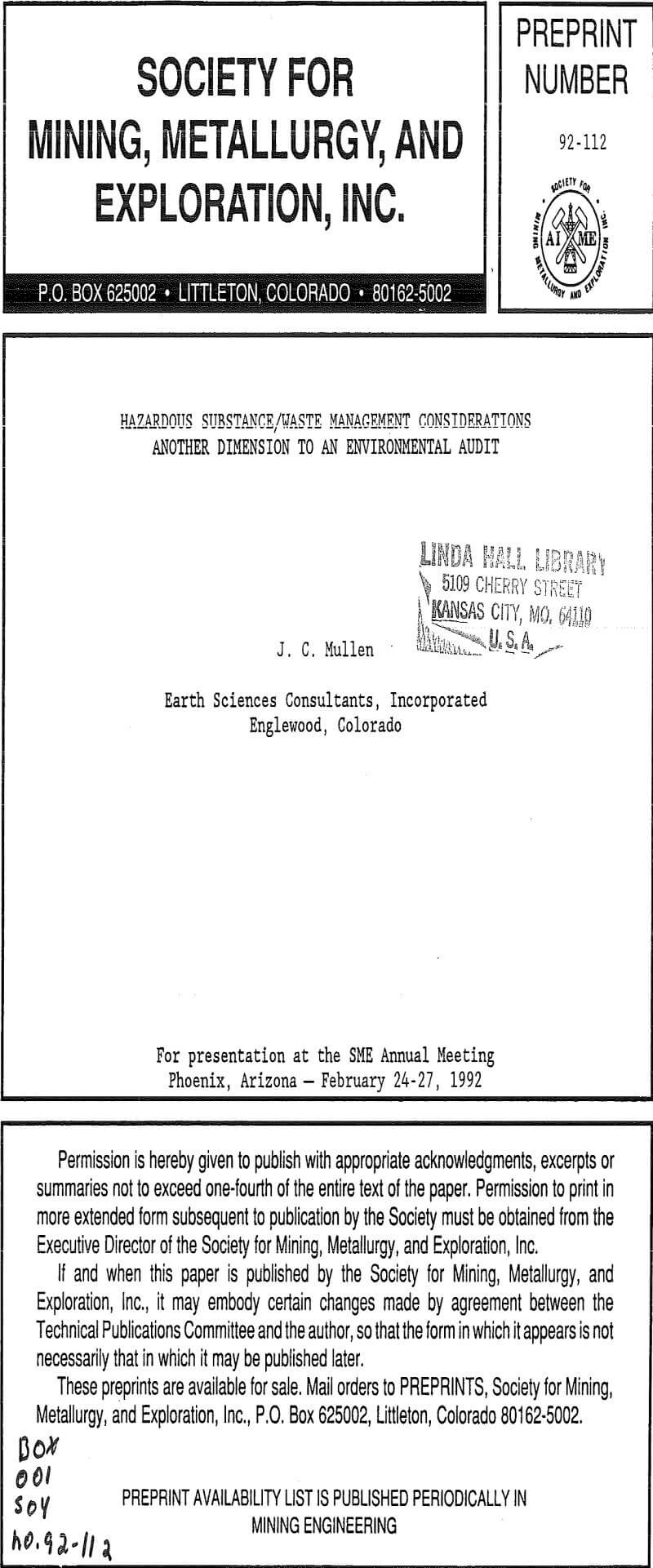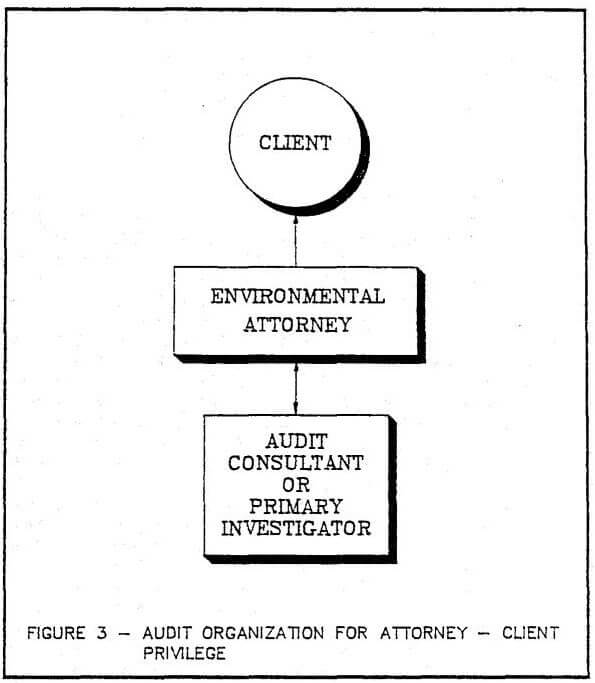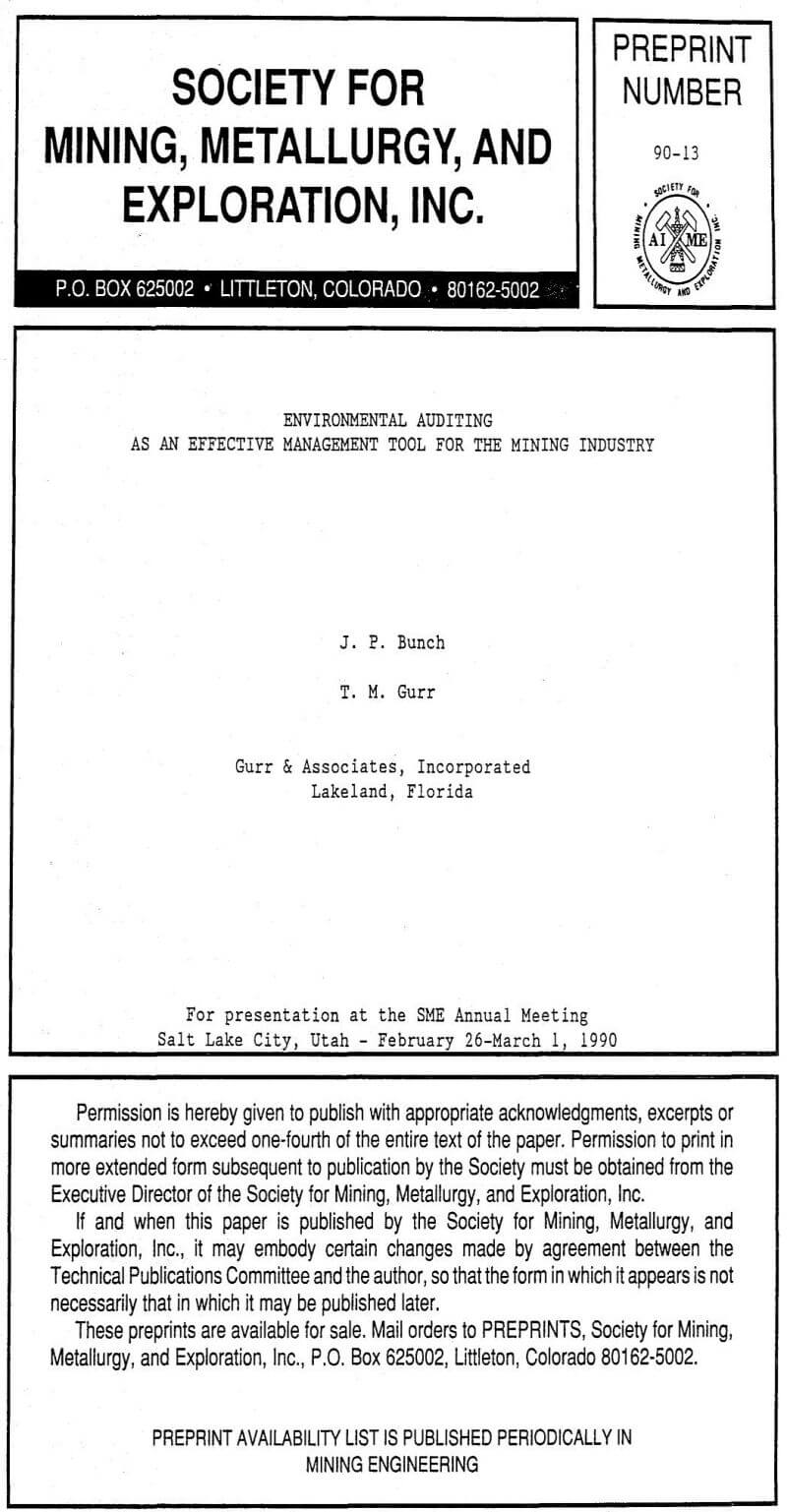Table of Contents
Environmental audits can serve many purposes. One way in which an audit may be used is to assess an operating company’s compliance with environmental laws while the mine is in operation. Information derived from an audit of this type can guide management toward making immediate adjustments to correct procedural problems before they create major environmental violations. This type of application, referred to as an operational audit, can include the mine, the ore processing/beneficiation/milling area, waste disposal/reclamation, or any other part of the mining and processing operations (Figure 1) .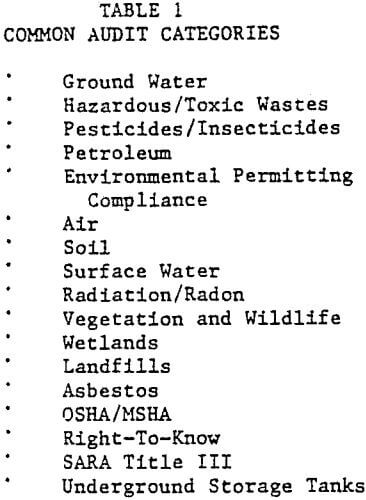
Since mining companies typically own large acreages of land, at times it may be prudent to dispose of some acreage, or conversely, acquire more property for future use. In either case, when land and buildings are involved in an audit (especially abandoned mine sites) the procedure is referred to as a transactional audit. This type of audit is most common among lenders for assessing risk prior to closing on a property or when renewing loans.
Since environmental audits are usually designed to accumulate significant amounts of data concerning contamination, the manner in which an audit is organized and managed becomes extremely important toward the ultimate success or failure of the endeavor. Several important items that need to be considered by anyone interested in an audit are highlighted in the following discussion topics.
Scope of Work
A clearly defined scope of work is of critical concern for conducting a successful audit. Some major considerations to be addressed in the work scope should, at a minimum, include: the audit goals, consultant’s role, client’s role, time and money constraints, organization and confidentiality. Once the objectives and work scope are adequately defined an audit can proceed toward meeting these goals.
A partial listing of the more common audit categories identified in the scope of work include the following items listed in Table is
Each item listed above can stand alone as an audit objective but environmental audits usually incorporate most of the categories shown. A good scope of work will identify the specific audit categories and the level of detail of investigation.
Environmental audits can be an effective management tool to the mining industry and when properly conceived and managed, provide management with the following information for assessing risk, liability and cost:
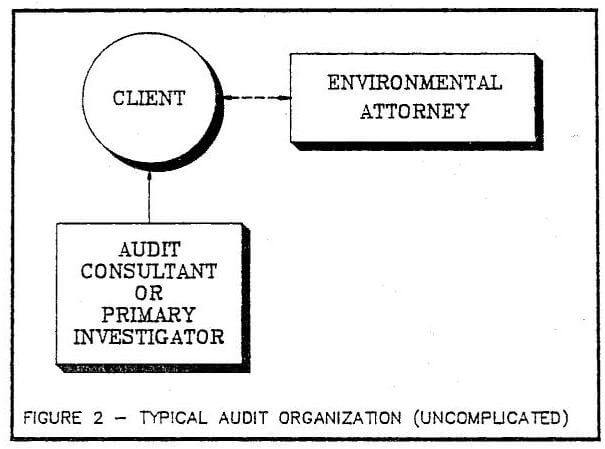
- Fact finding for “exceptions” to environmental laws.
- Identify existing and potential environmental liabilities.
- Determine facility compliance.
- Provide information to assess impacts.
- Determine cost to comply.
Work products typically resulting from environmental audits include the following items:
- Completed audit checklist for each location
- Photographs documenting each location
- Computer file data accumulated during the audits
- Computer data base management system (capable of being expanded to meet needs for future audits)
- Federal/state/local regulations used in the audits; agency contacts and telephone numbers
- Exception reporting of noncompliance items
- Transfer of computer graphics
- Recommendations to achieve compliance
The preceding discussion illustrates that environmental auditing is a complex process requiring good communication between all parties involved. When planned and implemented properly, an audit provides mine management with valuable information to direct the decision making process toward effective cost savings and possibly reduced liability resulting from environmental infractions.
Hazardous Substance Waste Management
Environmental appraisals of operating coal mines have not always included evaluations of chemical and petroleum substance management practices. This dimension of an environmental audit has become more meaningful as operating companies recognize the potential economic significance of mistakes in these important areas.
With these objectives in mind, one approach that has been demonstrated to be effective at operating underground and surface mines includes the following program components:
- Review of material safety data sheets (MSDS) for all chemical and petroleum products used at a location.
- Field reconnaissance of key activities at the facility including an assessment of purchasing, ware-housing, safety, maintenance, electrical, operations, and environmental management practices and procedures.
- Preparation of a preliminary assessment report that is presented to legal counsel and environmental management for the facility. This report includes recommendations oriented to improving the management of these substances.
- Development and implementation of a plan that will work for the specific operating company.
- Educational follow up with all facility departments and reassessment at a later time.
MSDS for all the products used by the facility should be reviewed before proceeding to the field reconnaissance. The individual constituents of each product should be screened and categorized to determine if they are regulated under any of the programs administered by the U.S. Environmental Protection Agency (USEPA).
During the initial site investigation, priority is given to key products highlighted during preparation for the field. Quantities used during a typical month or year are identified. This information is recovered from the purchasing/ warehousing (materials management) department as well as from the product user groups. The list of key products is further refined during this activity.
The site investigation progresses to all portions of the facility including inactive operations and reclaimed areas. The typical operations that we evaluate at mining sites include the following:
- Mining activity
- Coal preparation
- Wash/change houses
- Purchasing/warehousing
- Maintenance
- Electrical
- Waste management
- Tankage
Based on assessments of hazardous substance and waste management practices at a number of underground and surface coal mines in various regions of the country, it is our opinion that few if any coal mines should generate more than 100 kilo-grams per month of hazardous waste. Each mine should be able to definitively demonstrate to internal auditors and regulators alike its actual generator status and to provide records showing that its solid wastes have been assessed.
It is our opinion that these efforts can best be implemented by purchasing personnel at mines because they are the individuals that receive product information from vendors/manufacturers representatives. With some assistance, the purchasing department can have vendors directly provide the essential information needed by the safety and environmental managers to help screen a product. Operation and maintenance personnel must also be involved because they typically have the need for the product.
